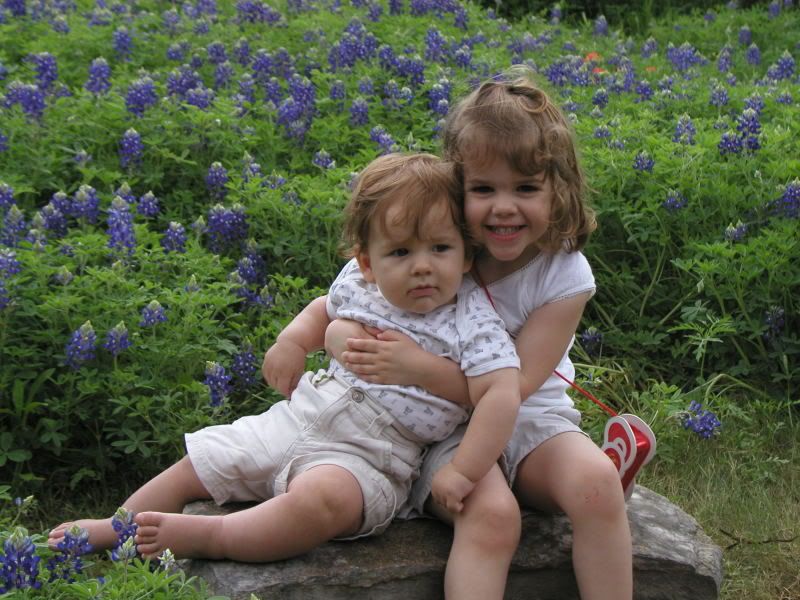Watching rice grow
It's been very interesting to watch the process of growing rice these last months. We caught the tail end of it last year with little appreciation for the process.
Back in May, I guess, they started filling the paddies with water. The rice comes started in big palettes. There are maybe 100 seedlings per palette (could be more, we didn't get to get right up to them). Everyone in our area seems to have some sort of machine to put them in the ground. On television, we saw a tractor attachment that stuck them into the ground at regular intervals. Here, where the fields are pretty small, most had a little manual machine that they pulled or pushed around. It accepts a full palette from the top, snags a single seedling and pushes it into the ground in pre-determined intervals.
From there, they kept the paddies filled and over the coming months we got to watch the small seedlings grow into lush fields of rice. They were really breathtaking in the late summer and early fall - lush green and waving in the wind. I frequently saw farmers out with sprayers so I'm guessing none of this is organic.
Then, about 2 weeks ago, they drained and began cutting. They have another machine that goes through the field and cuts down the rice leaving bundles where there used to be stalks. Once they have the bundles it's left to dry.
The drying methods vary. Most people seem to have a suspended bar that the bunches get put over like thatched roofing (bar through the middle of the bundle). Some people cover those in plastic to keep the rain out, but I would worry about mold since they already have moisture that needs to come out. Some people piles the bundles in small teepee shapes in their field. Some leave it lying out, but I would guess they have to turn it to get both sides dried.
Once dried, it's removed from the stalk and the bags of rice can be drive to these neat coin op machines by the side of the road that will husk the rice for you. There was a lot of traffic at those machines that usually sit dormant.
The bare stalks are then burned in the fields. That makes for a BIG fire and tons of nasty smelling smoke - not so great when you're on the 11th floor. Roo loved the fires, but I couldn't stand the quantity of smoke. I'm glad that part, at least, is over.
Back in May, I guess, they started filling the paddies with water. The rice comes started in big palettes. There are maybe 100 seedlings per palette (could be more, we didn't get to get right up to them). Everyone in our area seems to have some sort of machine to put them in the ground. On television, we saw a tractor attachment that stuck them into the ground at regular intervals. Here, where the fields are pretty small, most had a little manual machine that they pulled or pushed around. It accepts a full palette from the top, snags a single seedling and pushes it into the ground in pre-determined intervals.
From there, they kept the paddies filled and over the coming months we got to watch the small seedlings grow into lush fields of rice. They were really breathtaking in the late summer and early fall - lush green and waving in the wind. I frequently saw farmers out with sprayers so I'm guessing none of this is organic.
Then, about 2 weeks ago, they drained and began cutting. They have another machine that goes through the field and cuts down the rice leaving bundles where there used to be stalks. Once they have the bundles it's left to dry.
The drying methods vary. Most people seem to have a suspended bar that the bunches get put over like thatched roofing (bar through the middle of the bundle). Some people cover those in plastic to keep the rain out, but I would worry about mold since they already have moisture that needs to come out. Some people piles the bundles in small teepee shapes in their field. Some leave it lying out, but I would guess they have to turn it to get both sides dried.
Once dried, it's removed from the stalk and the bags of rice can be drive to these neat coin op machines by the side of the road that will husk the rice for you. There was a lot of traffic at those machines that usually sit dormant.
The bare stalks are then burned in the fields. That makes for a BIG fire and tons of nasty smelling smoke - not so great when you're on the 11th floor. Roo loved the fires, but I couldn't stand the quantity of smoke. I'm glad that part, at least, is over.
 " - Winnie the Pooh
" - Winnie the Pooh

